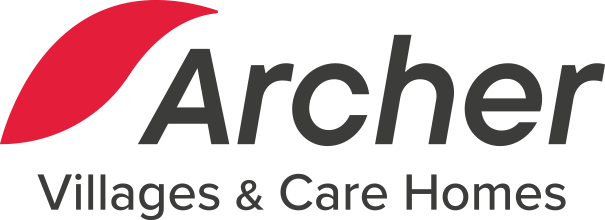YOUR GUIDE TO
Independent Living
What are the Costs of Retirement Village Living?
Your questions answered
Retiring to a peaceful village might be an ideal choice for many, offering a blend of community, security, and convenience. However, one aspect that remains constant across all retirement villages is the ongoing costs associated with living there.
This video discusses the financial commitment required when choosing this lifestyle, ensuring potential residents are well-informed about what to expect.
Key Takeaways
Retirement village living involves ongoing costs, primarily in the form of weekly fees, which contribute to grounds and property maintenance, as well as facility maintenance.
Compared to apartment ownership, retirement village fees can be comparable to the combined costs of rates and home insurance, and they offer the advantage of predictability by including maintenance and repairs.
Residents typically have a choice between variable weekly fees, which may increase annually, and fixed weekly fees, which remain constant, allowing for tailored financial planning.
Retirement village living is a financially sustainable option that offers convenience and peace of mind, but it’s important to confirm specific fee structures with individual villages.
Weekly Fees: The backbone of Retirement Village Costs
The first thing to understand about retirement village living is the weekly fees. These are integral to the operation and maintenance of the village, and they contribute to keeping the grounds picturesque and facilities well-functioning.
So what exactly do they cover?
Grounds and Property Maintenance: These fees support the teams responsible for maintaining the gardens, repairing facilities, and ensuring the communal areas are in prime condition.
Ownership & Facility Maintenance: While you live in the village, the bricks, mortar, amenities, and facilities are under the village’s ownership. Hence, the village operator pays the rates, building insurance, repairs, and long-term maintenance.
Retirement Village vs Apartment Ownership
For those contemplating whether village living is the right financial move, let’s take an illustrative comparison:
Interestingly, owning an apartment of similar size in Christchurch might cost you as much as the annual sum of your village’s weekly fees once you combine rates and home insurance. This is a critical realisation for many residents. However, apartment ownership incurs additional costs:
Repairs and Maintenance: These can add up quickly, necessitating a contingency fund for unexpected costs and are payable by you as the owner
Body Corporate Fees: Unique to apartments, these fees can often surprise new apartment owners and are additional contributions above rates and insurance that owners are locked into for the full duration of their ownership that increase over time.
Given these extras, many potential village residents find the retirement village fees preferable due to their predictability and scope.
Choosing Your Weekly Fee Structure
Upon entry to a retirement village, residents have two choices for their weekly fees: variable or fixed.
Variable Weekly Fees
If you opt for variable weekly fees, they’ll start at $139.50 per week. This fee can increase annually, though never by more than the percentage rise of national superannuation. Therefore, if national superannuation increases by just 1%, so does your fee. If there is no rise in superannuation, there is no rise in weekly fees.
This option aligns with those wanting flexibility and are comfortable with increases from time to time.
Fixed Weekly Fees
Alternatively, you can choose the fixed weekly fee, set at $162.00 per week. This remains constant throughout your residency, enabling clear budgeting without worrying about annual fee rises.
The stability of fixed fees is particularly appealing to those living on fixed incomes.
The fixed weekly fee provides peace of mind and allows us retirees to budget confidently, knowing there won't be surprises down the line.
Conclusion
Retirement villages offer a lifestyle that combines community, security, and convenience, but it’s important for potential residents to carefully consider the associated costs. Weekly fees are a core component, covering routine maintenance and services, and residents often have a choice between variable and fixed fee structures to suit their financial needs. While the costs can be comparable to other housing options, the predictability and included services can provide financial reassurance. Ultimately, thorough research and direct communication with village representatives are crucial for making an informed decision and ensuring a smooth transition into retirement village living.
Special Note:
This video series ‘Your guide to independent living’ is intended to provide an overview only, depending on when it is viewed, may contain outdated information. For the most current details, please refer to the village’s Disclosure Statement and Occupational Right Agreement. This is not intended as financial advice.
FAQs
What are the ongoing costs of living in a retirement village?
The primary ongoing costs are weekly fees, which cover various services and maintenance.
What do weekly fees in a retirement village typically cover?
These fees usually include grounds and property maintenance teams, and routine facility maintenance.
How do retirement village costs compare to owning a property like an apartment?
In some cases, the weekly fees can be comparable to the combined costs of rates and home insurance for a similar-sized apartment. However, apartment ownership often involves additional costs like repairs and body corporate fees.
Are there different options for paying weekly fees?
Yes, Archer Villages offer a choice between variable and fixed weekly fee structures.
What are variable weekly fees?
Variable fees start at a lower amount but can increase annually, but are limited to the percentage rise in national superannuation, if and when a superannuation rise occurs.
What are fixed weekly fees?
Fixed fees remain constant throughout your residency, providing predictable budgeting.
Are there any other costs involved in moving into a retirement village?
There might be costs associated with selling your previous home and the initial deposit for the village villa.
Is the initial deposit refundable?
Archer Villages offer a $5,000 refundable deposit.
Do all retirement villages have the same fee structure?
No, fee structures can vary between villages, so it’s important to check with each one individually.
Archer
Villages
With four superbly located retirement villages in Christchurch, Archer has the right home for you in the location you love. Find a village below to learn more or get in touch.
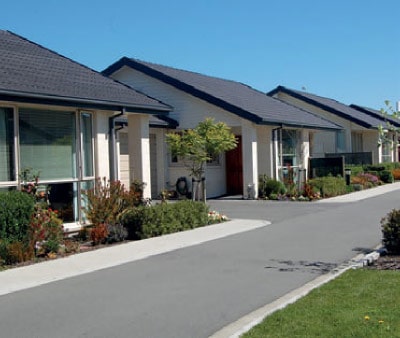
Beckenham Village & Home
Nestled in the heart of the Beckenham shopping precinct, near the picturesque hills and in a prime central location, Archer Beckenham Village offers a welcoming and convenient lifestyle. Many residents choose Archer Beckenham for the vibrant, “close to the heart of the village” atmosphere that makes the area so special.
Beckenham
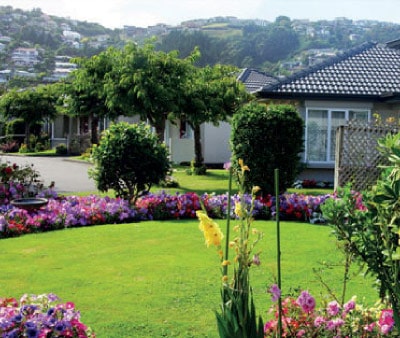
Thorrington Village
Often described and ‘green and leafy’ the gardens and surrounding at Archer Thorrington are best experienced than described. Set in the quiet and sheltered “Beckenham Loop’ area, the village offers peace and tranquillity in extensive park like surroundings.
Beckenham
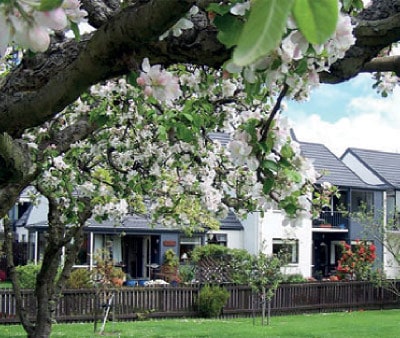
Maryville Courts Village
Maryville Courts Village is a haven in the inner city and brings together the convenience of city living, the closeness of a friendly community and the comfort of a spacious surroundings.
Central City
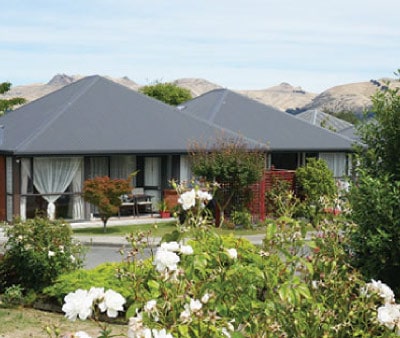
Linrose Village
Linrose Village is an independent-living village and provides an affordable living option compared to many retirement villages in the city. It is located on a bus route and near to Eastgate Mall and in close proximity to the Brighton and Sumner Coastline.
